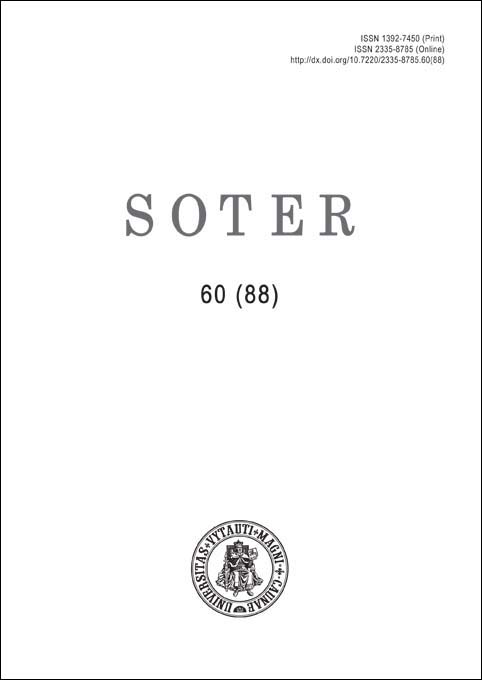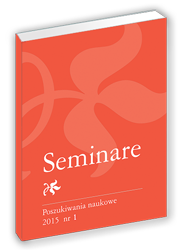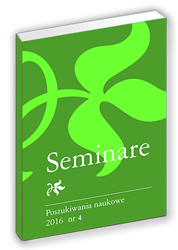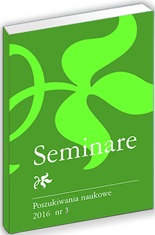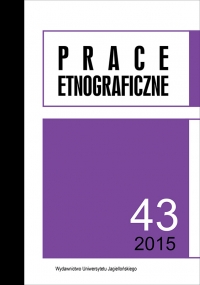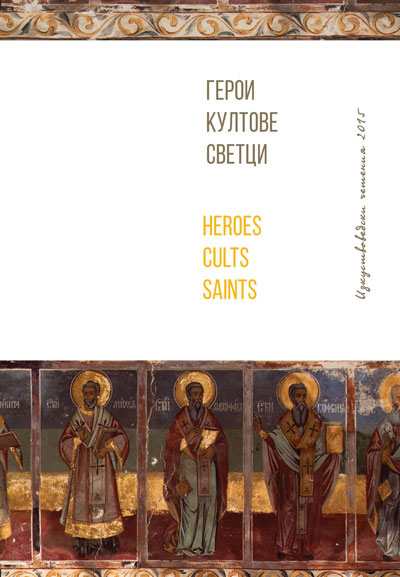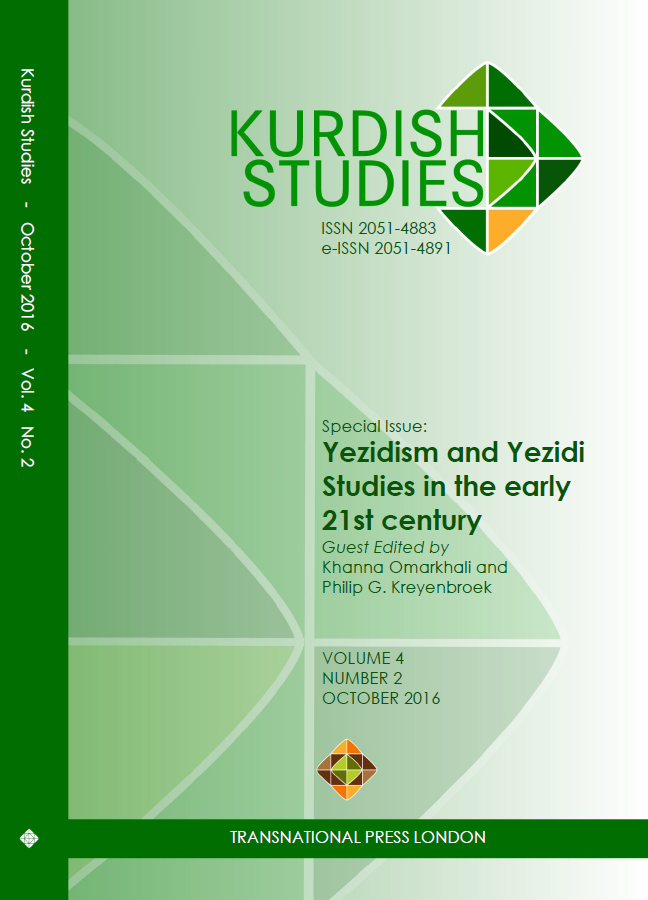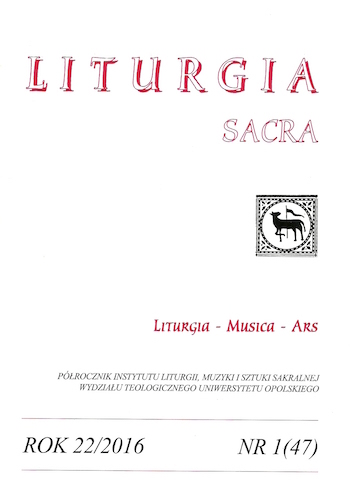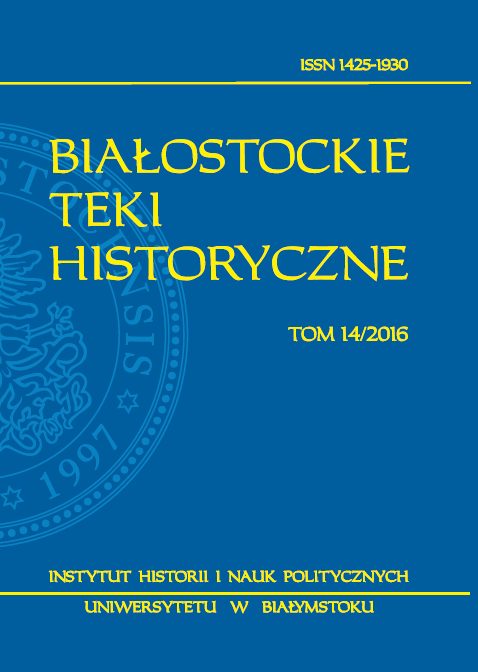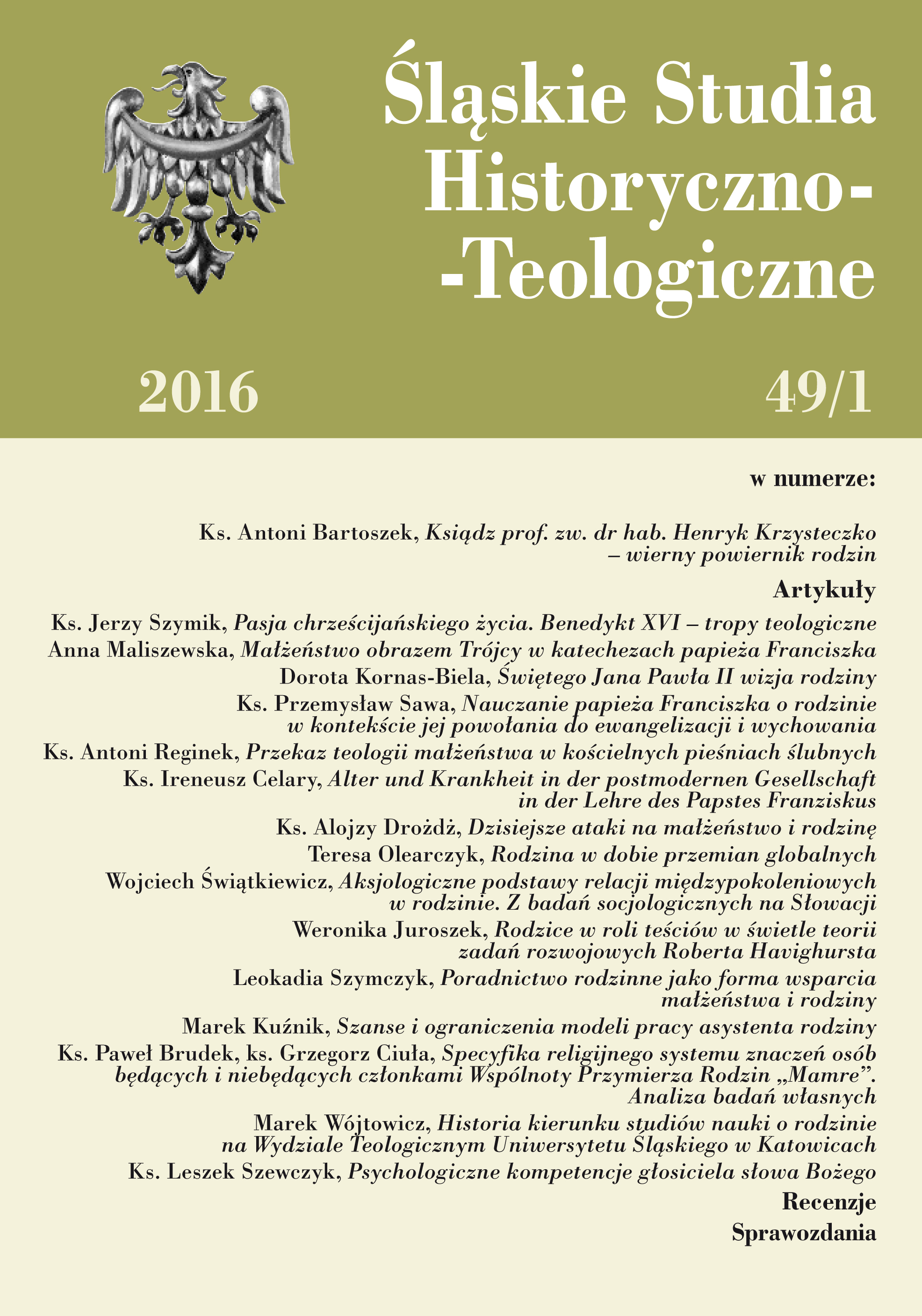
Historia kierunku studiów nauki o rodzinie na Wydziale Teologicznym Uniwersytetu Śląskiego w Katowicach
Only in 2011 were family studies acknowledged as a scientific discipline. However, as a field of study it has had a longer history. Studying this discipline at the Faculty of Theology of the University of Silesia in Katowice is quite popular. The didactic proposal includes undergraduate, graduate and postgraduate studies. The process of teaching is connected with an intensive scientific research. The article shows both the history of family studies in Katowice since 2009 and scientific activity of the Department of Family Studies. The forthcoming development perspectives of research and didactic offer are presented as well.
More...
